Muscle cars are a quintessential part of American automotive history. They represent a time when power, speed, and style were the defining factors of a car's appeal.
But what exactly is a muscle car?
The term "muscle car" often stirs up images of roaring engines, cultural styling, and raw power. Yet, there's more to these vehicles than just their aggressive aesthetics and high-performance capabilities.
In this comprehensive guide, we delve into the world of muscle cars. We explore their origins, characteristics, and the factors that make a car qualify as a muscle car.
We'll also discuss the different types of muscle cars, their manufacturers, and why they hold a special place in American culture. From iconic models of the 1960s and 1970s to their modern counterparts, we'll cover it all.
Whether you're a car enthusiast, a potential buyer, or simply curious about these powerful machines, this guide is for you.
See also:
The 12 Greatest American Muscle Cars Of All Time
The Definition of a Muscle Car
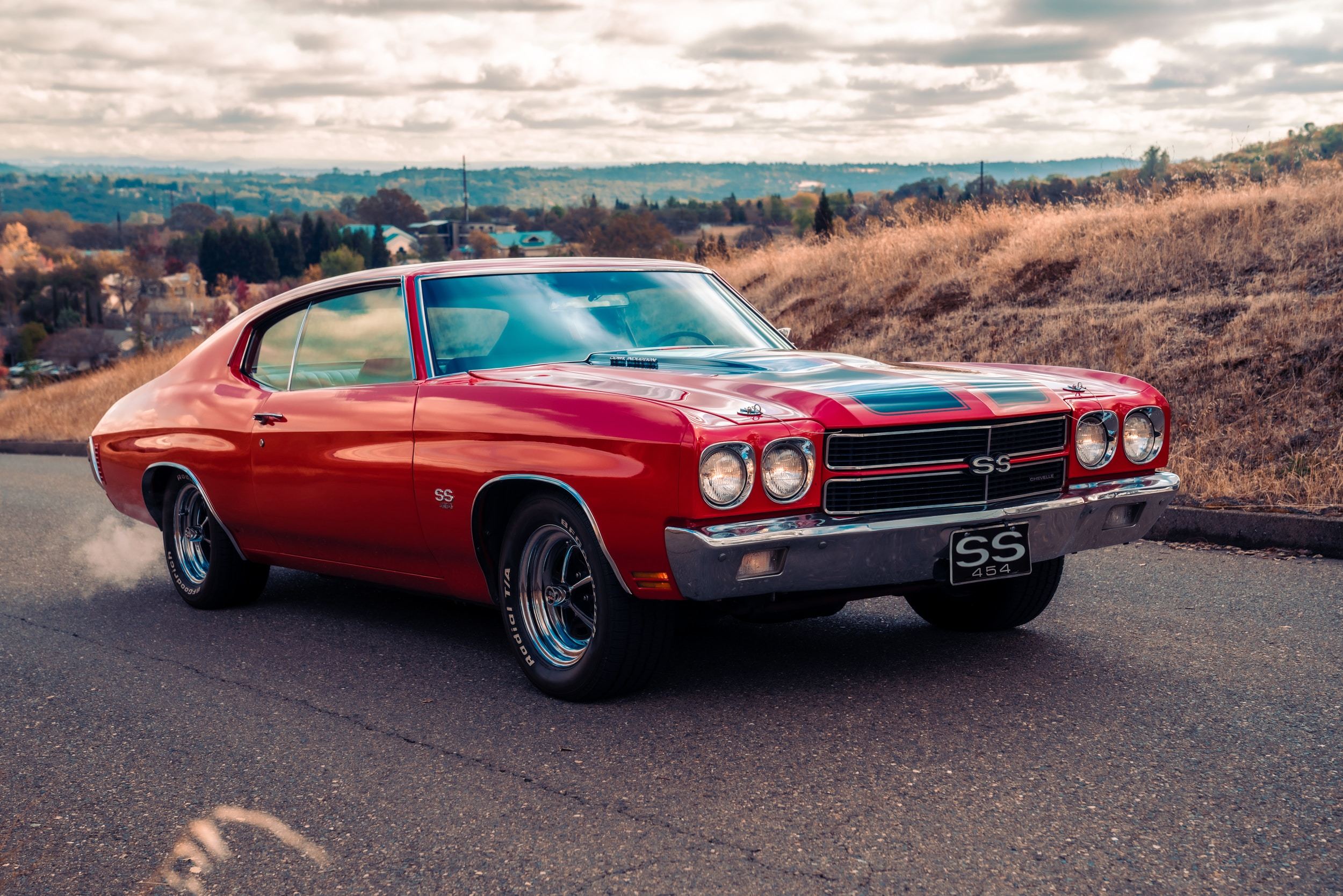
Photo Credit: Meritt Thomas/Unsplash.
A muscle car is typically defined as a high-performance automobile. It usually features a powerful V8 engine. These cars are often two-door, rear-wheel-drive models.
Muscle cars originated in the United States during the 1960s. They gained fame for their increasing affordability and thrilling acceleration capabilities. The emphasis was always on raw power rather than luxury, safety, or even nimbleness.
What sets muscle cars apart from other vehicles is their impressive torque and speed. They deliver exhilarating driving experiences that made them popular in street racing cultures. In essence, a muscle car embodies the spirit of power on American roads.
The Origins and History of Muscle Cars
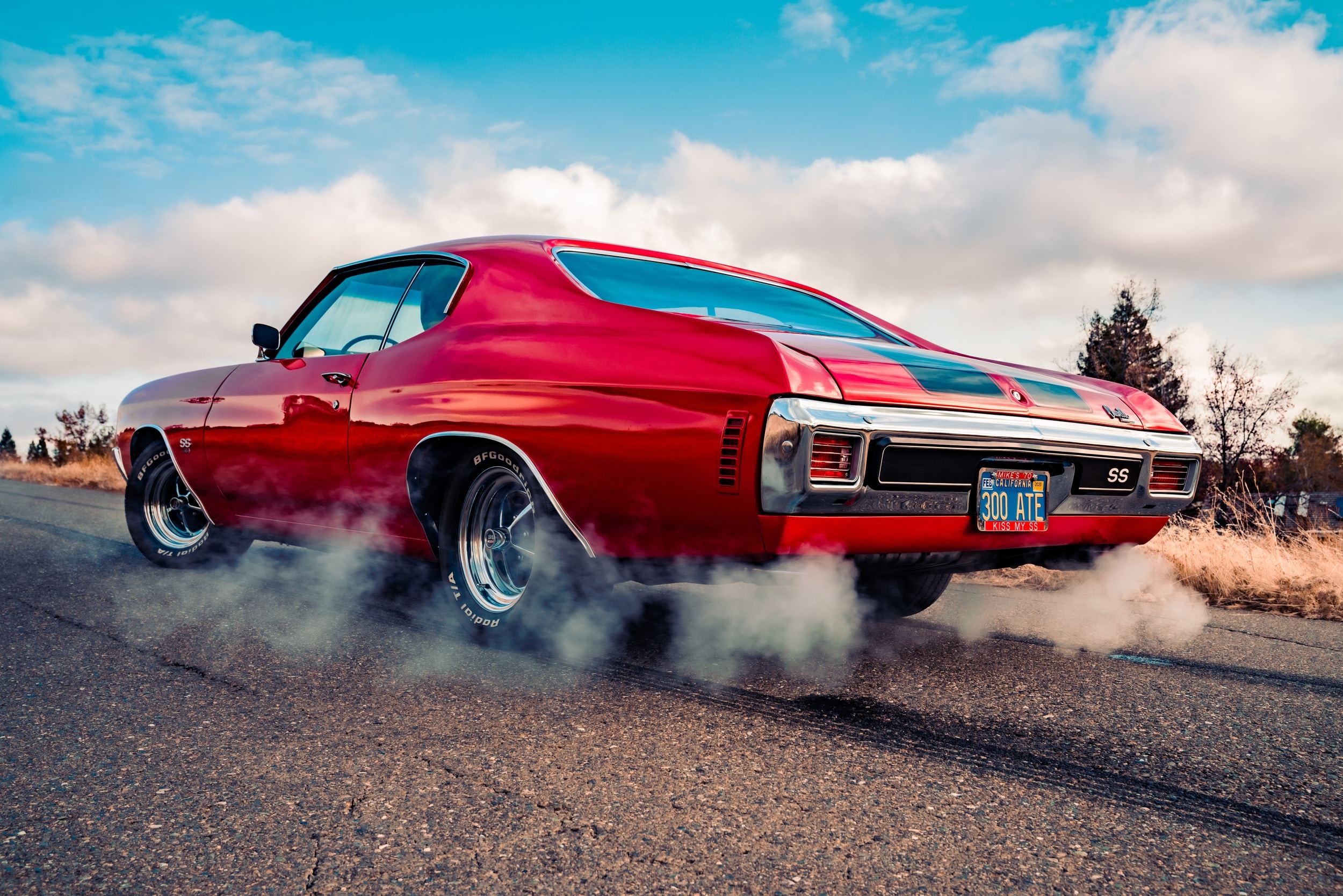
Photo Credit: Meritt Thomas/Unsplash.
The history of muscle cars began in the early 1960s. American automakers sought to tap into the youth market. This push was driven by the allure of performance and speed.
Muscle cars became synonymous with power and affordability. Companies like Ford, Chevrolet, and Dodge led the charge. They created models that were both exciting and accessible.
The Pontiac GTO, released in 1964, is often credited as the first true muscle car. It combined a powerful V8 engine with a midsize frame. This combination set the standard for future muscle car designs.
Throughout the late 1960s and early 1970s, muscle cars dominated the American auto industry. Their appeal was not just in performance but in style. Bold paint jobs and aggressive designs captured a nation’s imagination.
However, the oil crisis of the early 1970s brought challenges. Rising fuel prices and government regulations forced the industry into an involuntary transformation while shifting market focus. This marked a decline in traditional muscle car production, though their legacy would endure.
Characteristics That Define a Muscle Car
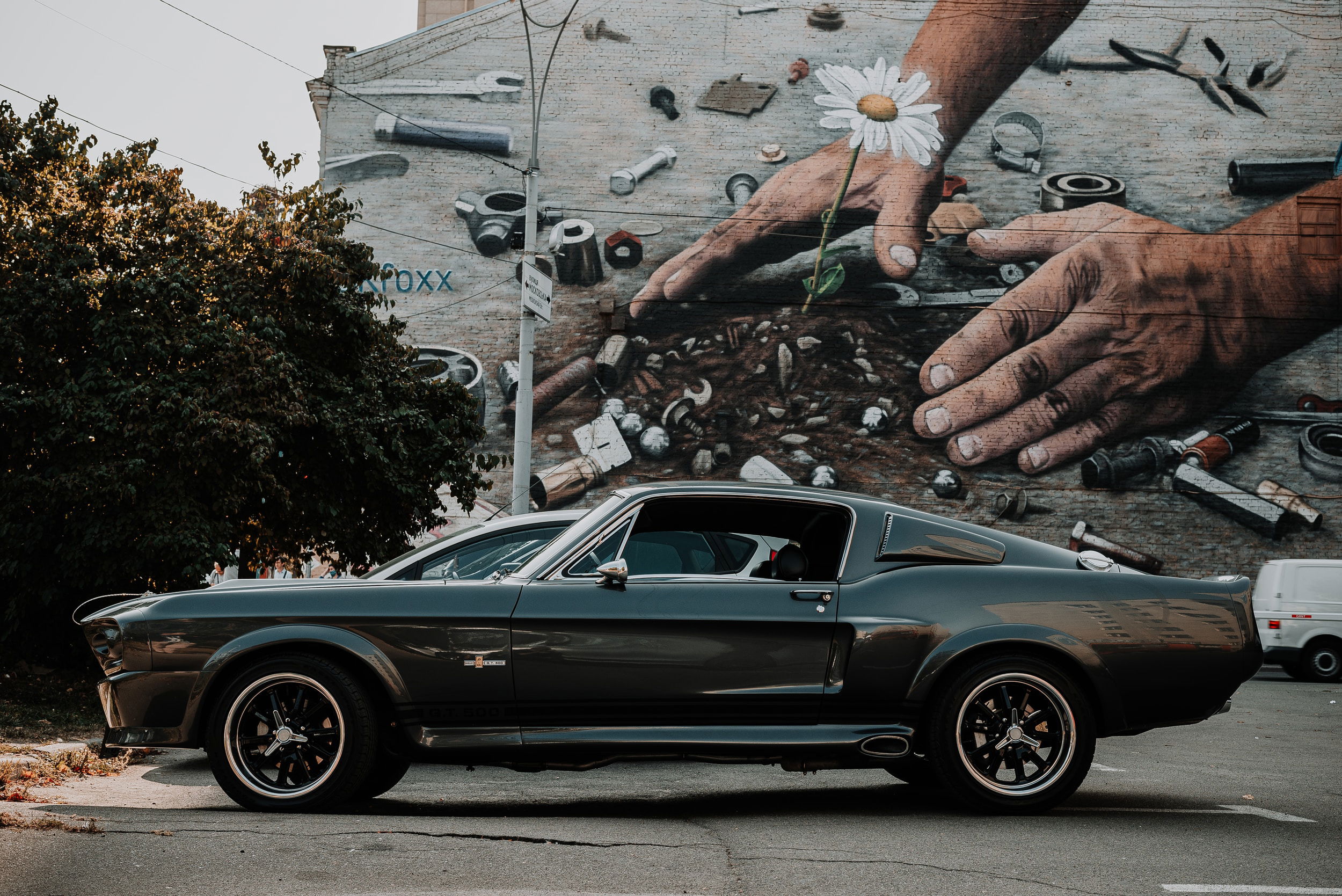
Photo Credit: Ivan Kuznetsov/Unsplash.
Muscle cars stand out thanks to a blend of specific features. These characteristics set them apart from other vehicles. The most notable feature is their powerful engines.
Traditionally, muscle cars are equipped with large V8 engines. This ensures they deliver high horsepower and impressive torque. These elements are crucial for speed and performance.
Another defining trait is their rear-wheel-drive configuration. This design enhances traction during acceleration. It also offers a more balanced driving experience.
Muscle cars also maintain a two-door configuration. This style emphasizes their sporty look. Coupled with bold designs, it represents their iconic image. Affordability is another key aspect of muscle cars.
For example, the 1971 Ford Maverick Grabber was an affordable muscle car during the golden era of muscle cars. Introduced as an import fighter, it featured a 4.9-liter V-8 engine, 210 HP, and a top speed of 119 MPH. Priced under $2,000 back then, the average used price is around $15,000 today.
Muscle cars were originally priced to be accessible to younger buyers. Today, this remains an attractive feature. These characteristics include:
- Large, powerful engines (usually V8).
- Rear-wheel drive.
- Two-door configurations.
- Affordable pricing.
- Distinctive, bold designs.
Recognizing these features helps define what makes a muscle car unique. Each aspect contributes to the car's overall persona. Together, they embody the spirit and allure of muscle cars.
The Role of V8 Engines
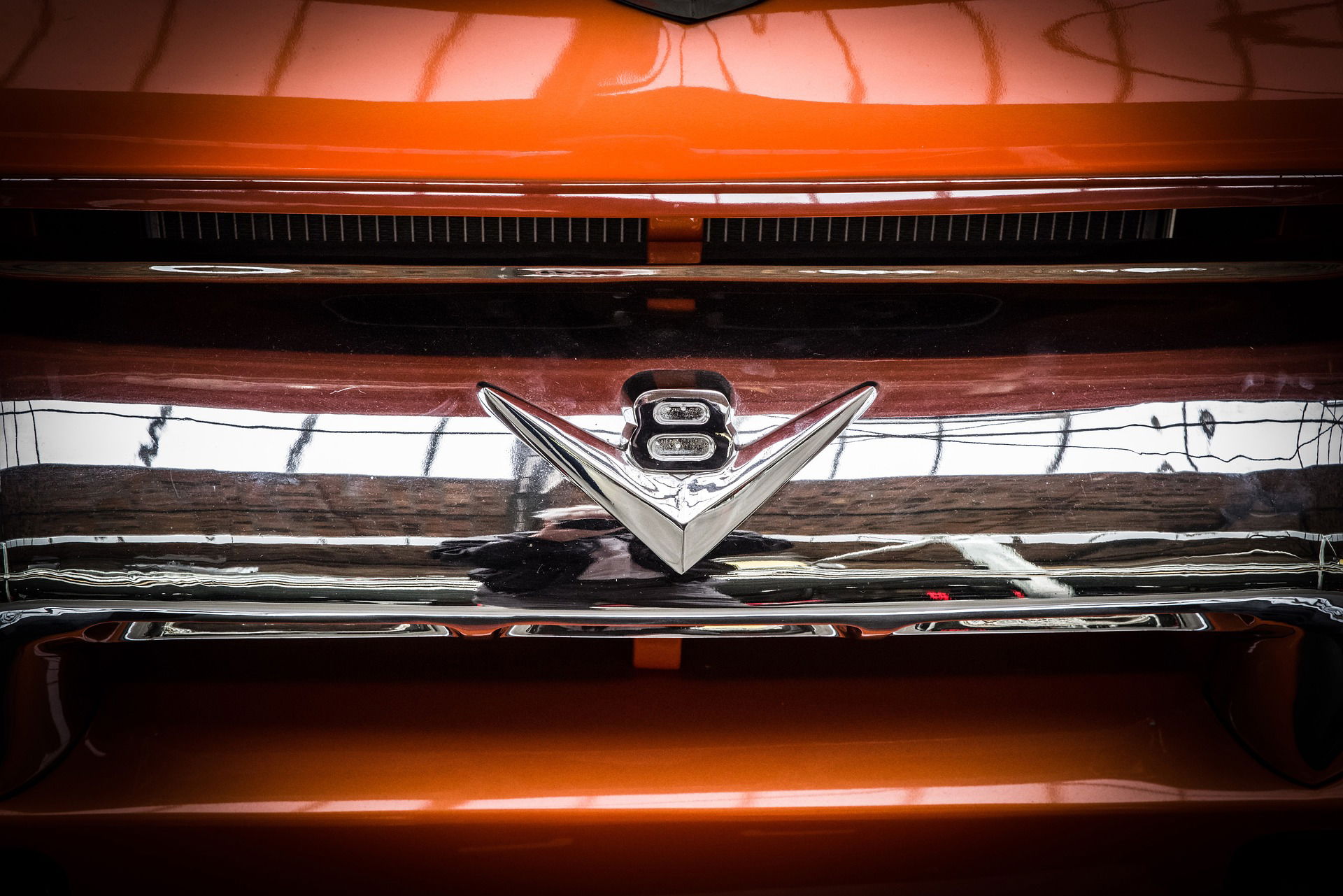
Photo Credit: Pixabay.
V8 engines are at the heart of muscle cars. They provide the power that enthusiasts crave. This type of engine revolutionized automotive performance.
V8 engine has eight cylinders arranged in a V shape. This configuration allows for balanced and efficient power delivery. It ensures quick acceleration and robust speed.
The appeal of V8 engines is not just about power. They also produce a distinct sound that many find thrilling. This roaring exhaust note is an unmistakable trait of muscle cars.
V8 engines also support high performance with durable construction. Their robustness allows for extensive tuning and customization. Enthusiasts often modify these engines for even greater power.
The 1960s and '70s saw the rise of iconic muscle cars like the 1970 Chevrolet Chevelle SS 454, 1969 Ford Mustang Boss 429, and 1971 Plymouth Hemi Cuda. These beasts boasted massive V8 engines, producing over 400 horsepower, and became legends for their raw power, speed, and bold designs.
Horsepower and Performance
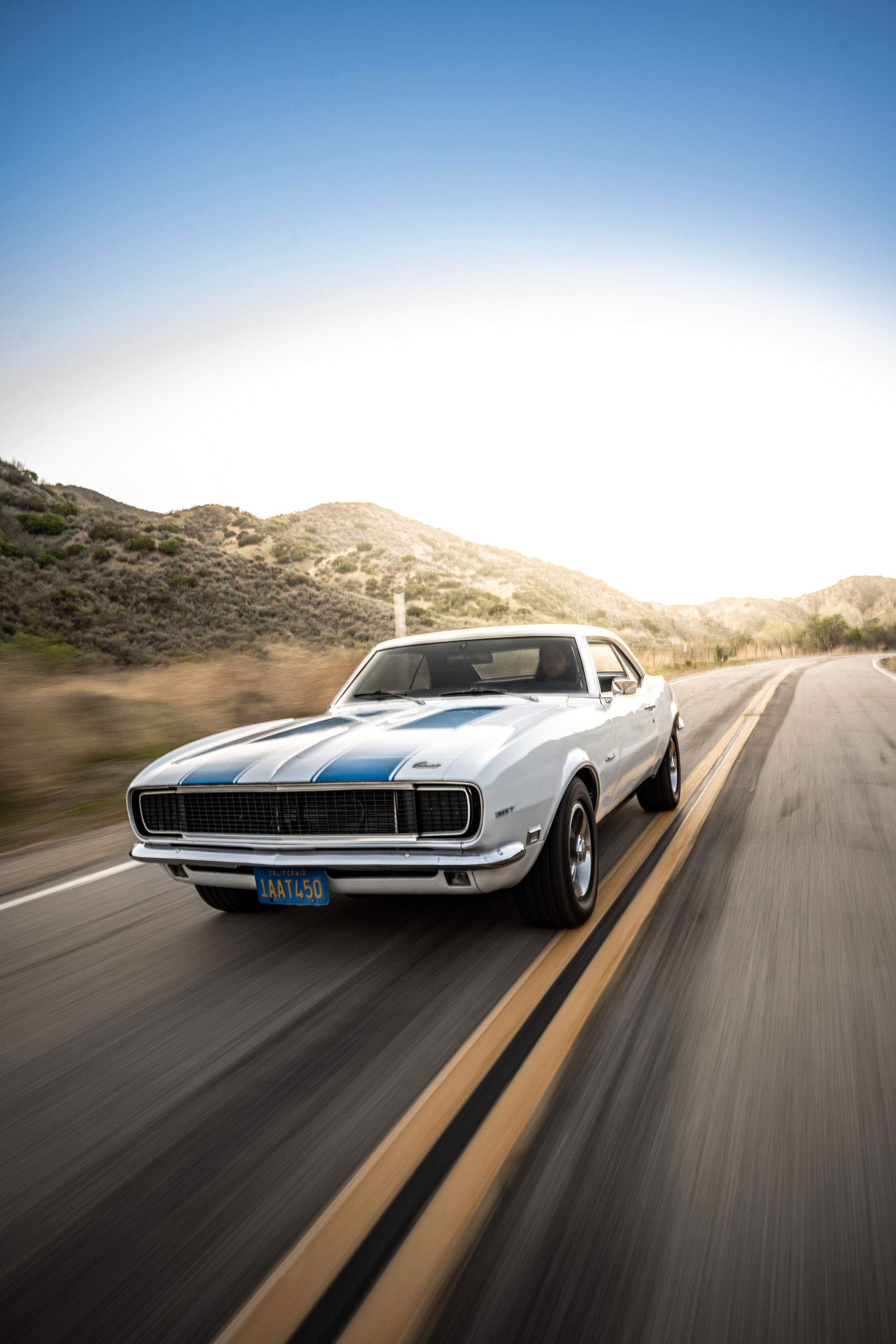
Photo Credit: Tyler Clemmensen/Unsplash.
Horsepower is a key aspect of a muscle car's identity. It measures the engine's power and performance capacity. Higher horsepower results in faster speeds and better acceleration.
Muscle cars are known for producing high horsepower. This characteristic enhances their reputation for speed and power. It's a benchmark that enthusiasts use to gauge a car's prowess.
The horsepower wars of the 1960s and '70s saw fierce competition among American automakers like Ford, Chevrolet, and Dodge. Each brand pushed the limits of engineering to produce muscle cars with increasingly powerful V8 engines, often exceeding 400 horsepower.
Iconic models like the Ford Mustang Boss 429, Chevrolet Camaro ZL1, and Dodge Charger Daytona epitomized this era.
The quest for performance goes beyond just horsepower. It involves the integration of advanced suspension and aerodynamics. These elements ensure a muscle car handles well at high speeds.
The 1969 Dodge Charger Daytona was built for aerodynamics, featuring a pointed nose cone and a massive rear wing. These enhancements reduced drag, making it a NASCAR legend. Another aspect of performance is acceleration.
Muscle cars excel in quick starts and fast quarter-mile times. Their design focuses on delivering exhilarating speed from the start line.
The 2019 Dodge Challenger SRT Hellcat Redeye Widebody is the fastest-accelerating muscle car, with a 0-60 mph time of 3.4 seconds and a quarter-mile time of 10.8 seconds.
Together, horsepower and performance define a muscle car's thrill. They contribute to the experience that has captivated generations. This combination remains central to the muscle car legacy.
See also:
A Nostalgic Look Back At The 1970 Dodge Charger RT And How Much It’s Worth Today
Muscle Cars vs. Other Sports Cars
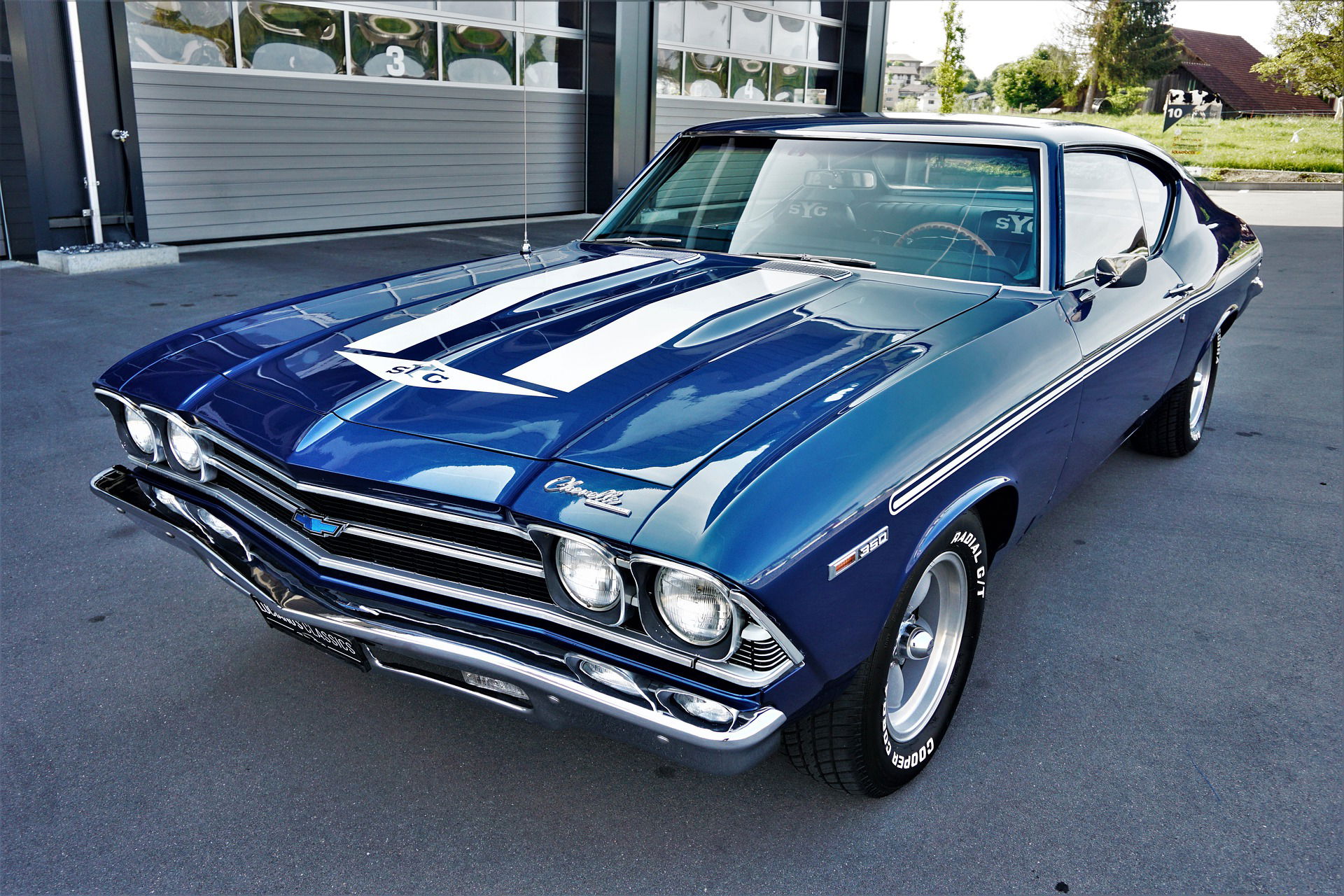
Photo Credit: Pixabay.
Muscle cars and sports cars often get confused for each other. Each offers a unique driving experience. Yet, they differ in several key ways. Muscle cars prioritize straight-line speed. They're designed for powerful acceleration. Sports cars, however, focus on agility and handling.
Typically, muscle cars have larger engines. This often leads to increased power and torque. Sports cars feature precision engineering for nimble movements.
Design philosophies also differ. Muscle cars embody bold, aggressive aesthetics. Sports cars lean towards sleek, aerodynamic designs.
The driving experience varies between the two. Muscle cars provide raw power sensations. Sports cars deliver a connected, corner-hugging experience.
Both types of cars attract enthusiasts. Each offers a unique appeal and set of traits. Understanding these differences enhances appreciation for both.
Iconic Muscle Car Models from the 1960s and 1970s
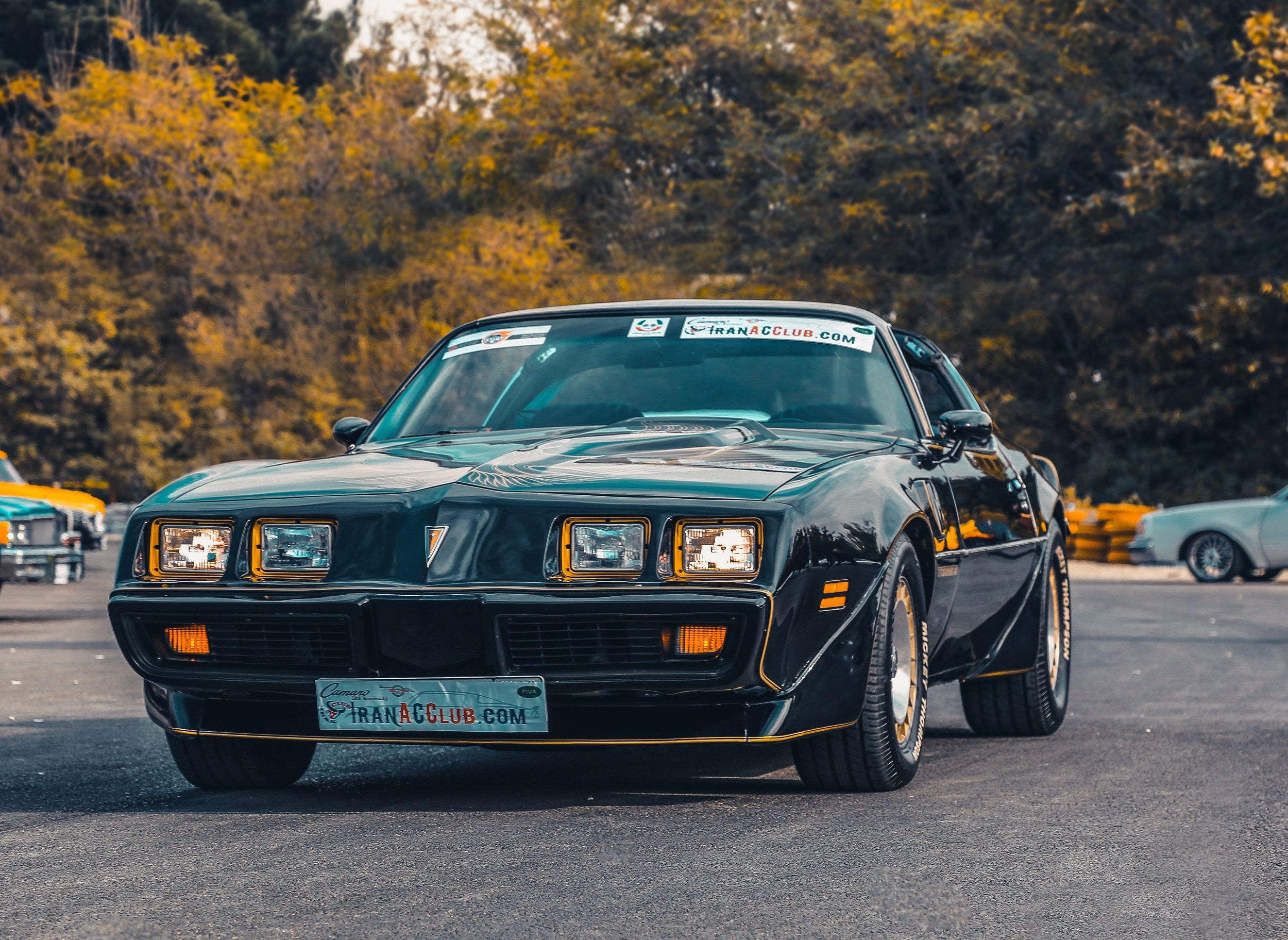
Photo Credit: Ali Moharami/Unsplash.
The 1960s and 1970s are often considered the golden era of muscle cars. This period gave birth to some of the most iconic models that became symbols of American automotive ingenuity and power.
One of the standout models is the Pontiac GTO. It was among the first to popularize the muscle car movement. Its robust V8 engine and aggressive styling captured the hearts of many.
The Chevrolet Camaro also made its mark. Introduced in the late 1960s, it competed fiercely with Ford's Mustang. Its sleek design and powerful performance made it a classic.
The Ford Mustang deserves a mention. It became an icon of American culture. Its versatile design allowed it to offer something for every kind of driver.
Here's a list of some more iconic muscle cars from that era:
- Dodge Charger
- Plymouth Barracuda
- Chevrolet Chevelle SS
- Oldsmobile 442
- Mercury Cougar
Each car on this list brought something unique. From the Dodge Charger's commanding presence to the Mercury Cougar's refined muscle, these cars stood out and their legacy continues to inspire car designers and enthusiasts even today.
The Cultural Impact of Muscle Cars in the United States
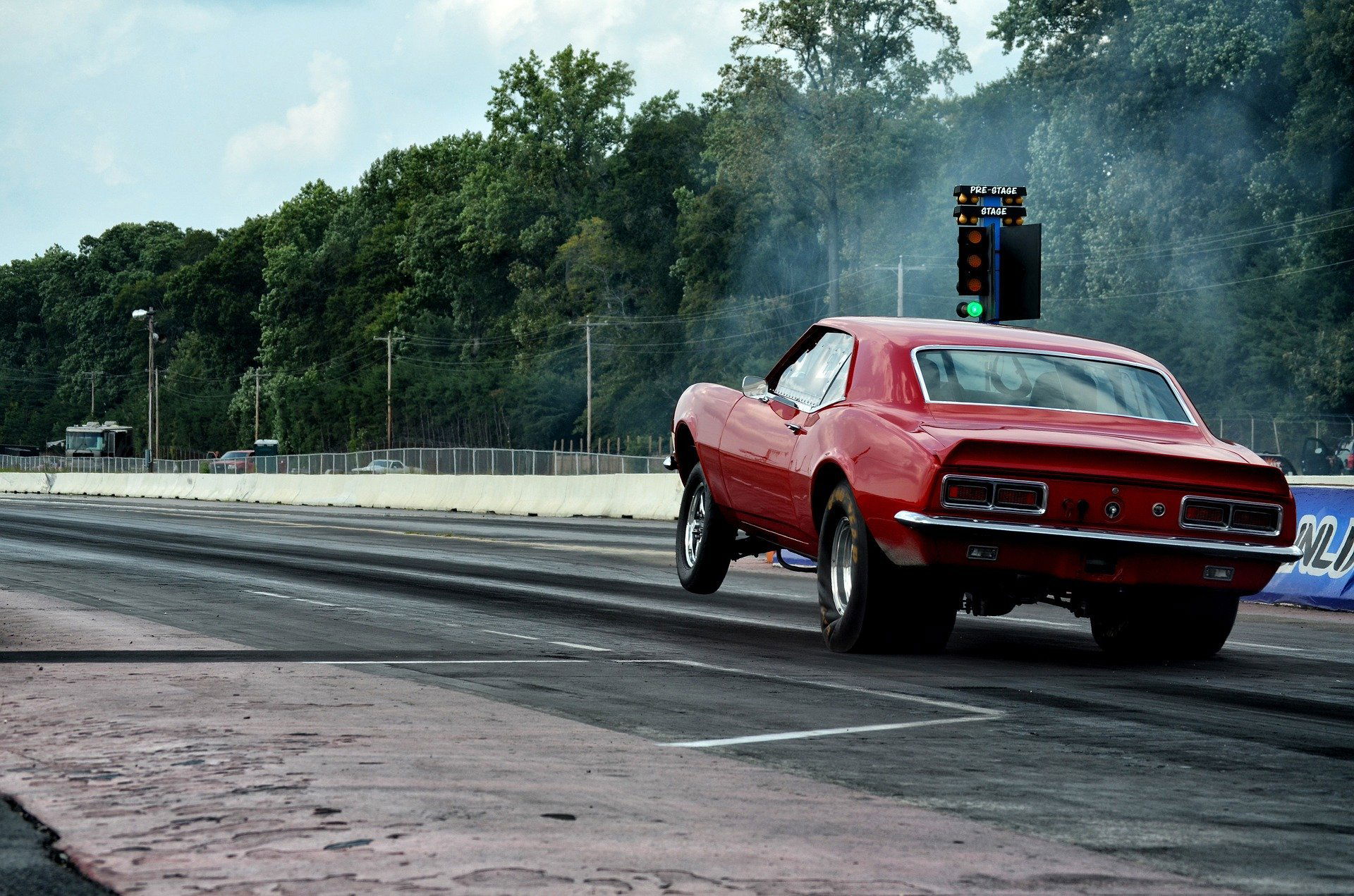
Photo Credit: Pixabay.
Muscle cars have become a crucial part of American culture. Their influence extends beyond the automotive world. They symbolize freedom, power, and the open road.
The presence of muscle cars in movies and television has amplified their cultural impact. Films like "Bullitt" and franchises like "Fast & Furious" have showcased their allure. These vehicles often represent rebellion and independence.
Muscle cars have also shaped the identity of car enthusiasts. Car clubs and gatherings across the country celebrate these iconic machines. They bring together people from diverse backgrounds, united by a shared passion.
The tradition of muscle cars speaks to the American spirit. It's about appreciating high performance and bold design. Even today, their legacy continues to inspire new generations of car lovers.
The Resurgence of Muscle Cars in Modern Times
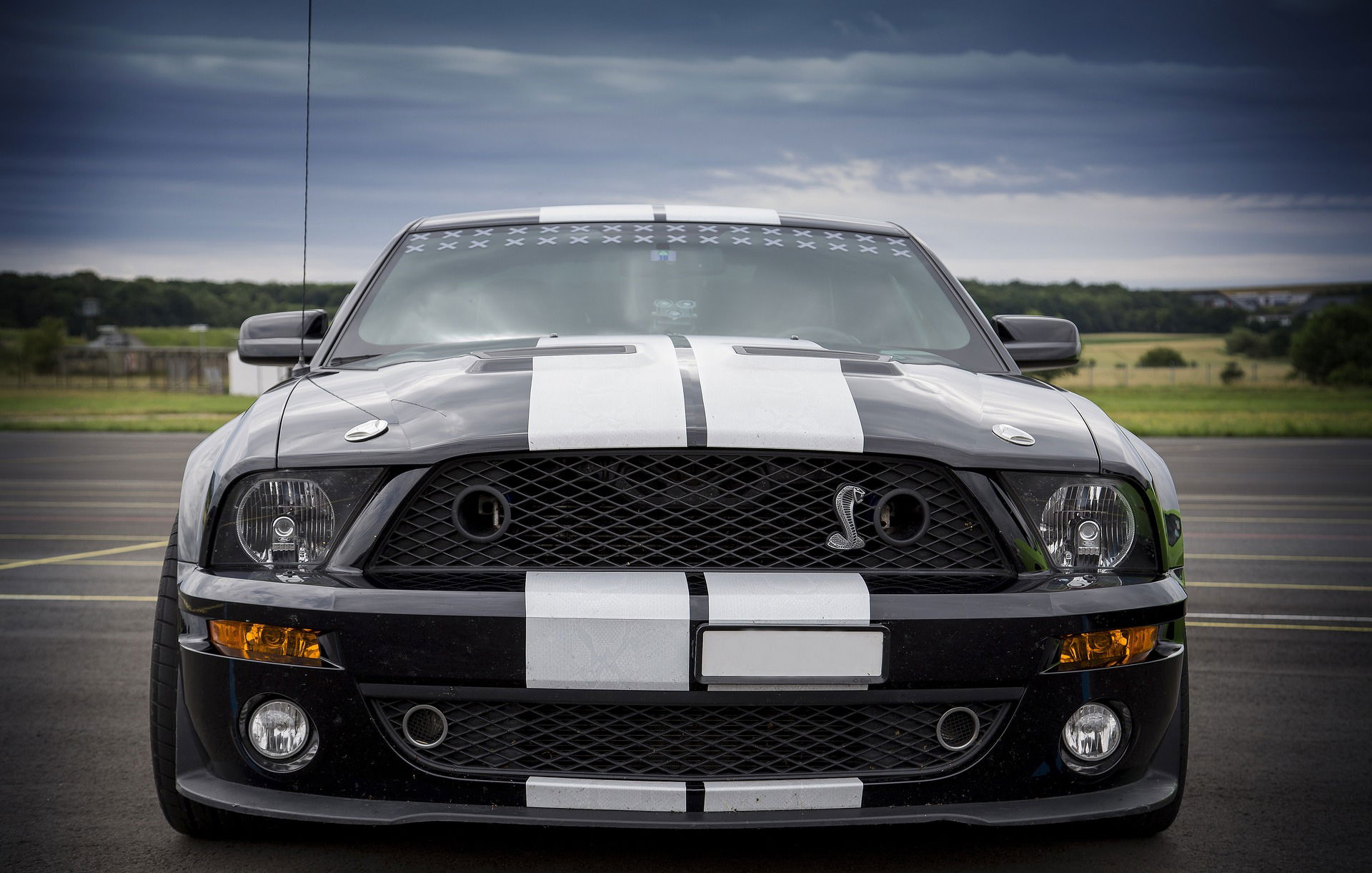
Photo Credit: Pixabay.
The thrill of muscle cars has not faded over time. In recent years, there has been a notable resurgence. Modern iterations pay homage to the classics while embracing contemporary advancements.
Current muscle cars offer more than just raw power. They integrate advanced technology like efficient engines and enhanced safety features. These innovations enhance performance without losing the car's iconic appeal.
Automakers have tapped into nostalgia with modern versions of classic models. The Dodge Charger and Ford Mustang are prime examples. They honor the legacy while appealing to today’s consumers. Enthusiasts appreciate this blend of tradition and innovation, keeping the muscle car spirit alive.
Additionally, the restomod culture in the US blends classic car aesthetics with modern technology.
Iconic examples include the 1969 Plymouth Road Runner and 1967 Pro Touring Camaro Convertible. Key figures like Singer Vehicle Design and Sabra Johnson lead the movement, transforming vintage vehicles into high-performance masterpieces.
American Automakers and Muscle Car Manufacturing
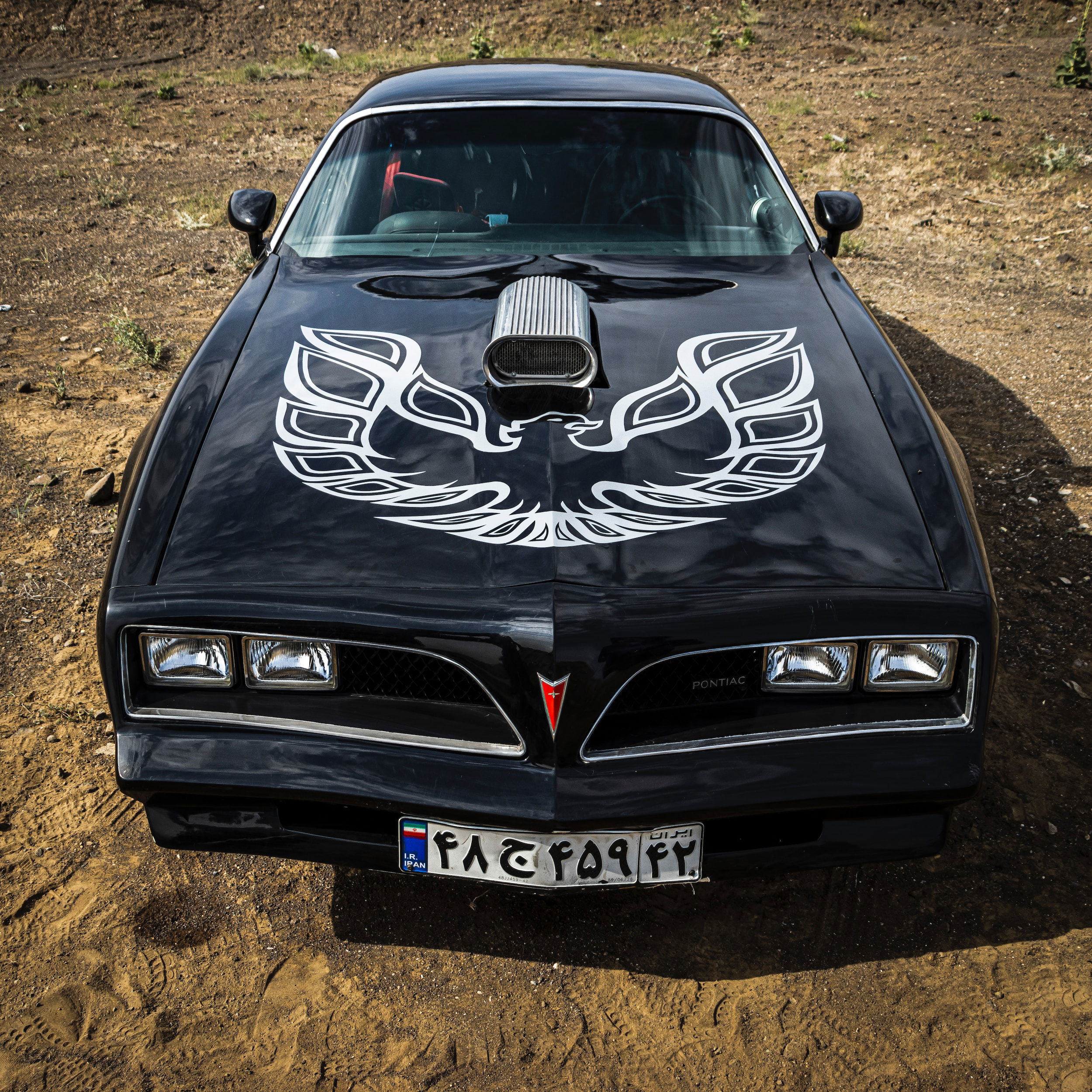
Photo Credit: Amir Mohammad Kalael/Unsplash.
American automakers have played a pivotal role in the muscle car era. Brands like Ford, Chevrolet, and Dodge are synonymous with muscle cars. Their innovations and designs have set benchmarks in the automotive world.
These manufacturers prioritize power and performance above all. Their muscle cars often feature large displacement engines and aggressive styling. This design philosophy has become a defining trait of American muscle cars. The commitment to muscle car manufacturing remains strong.
Even today, American automakers continue to toy with new models.
For example, the 2020 Ford Mustang Shelby GT500 features a supercharged 5.2-liter V8 engine producing 760 horsepower. It combines modern technology with classic muscle car heritage, achieving 0-60 mph in 3.5 seconds.
These new-age muscle cars, though few, blend modern technology with traditional power to fuel the dreams of a new generation of enthusiasts.
The Collectibility and Value of Classic Muscle Cars
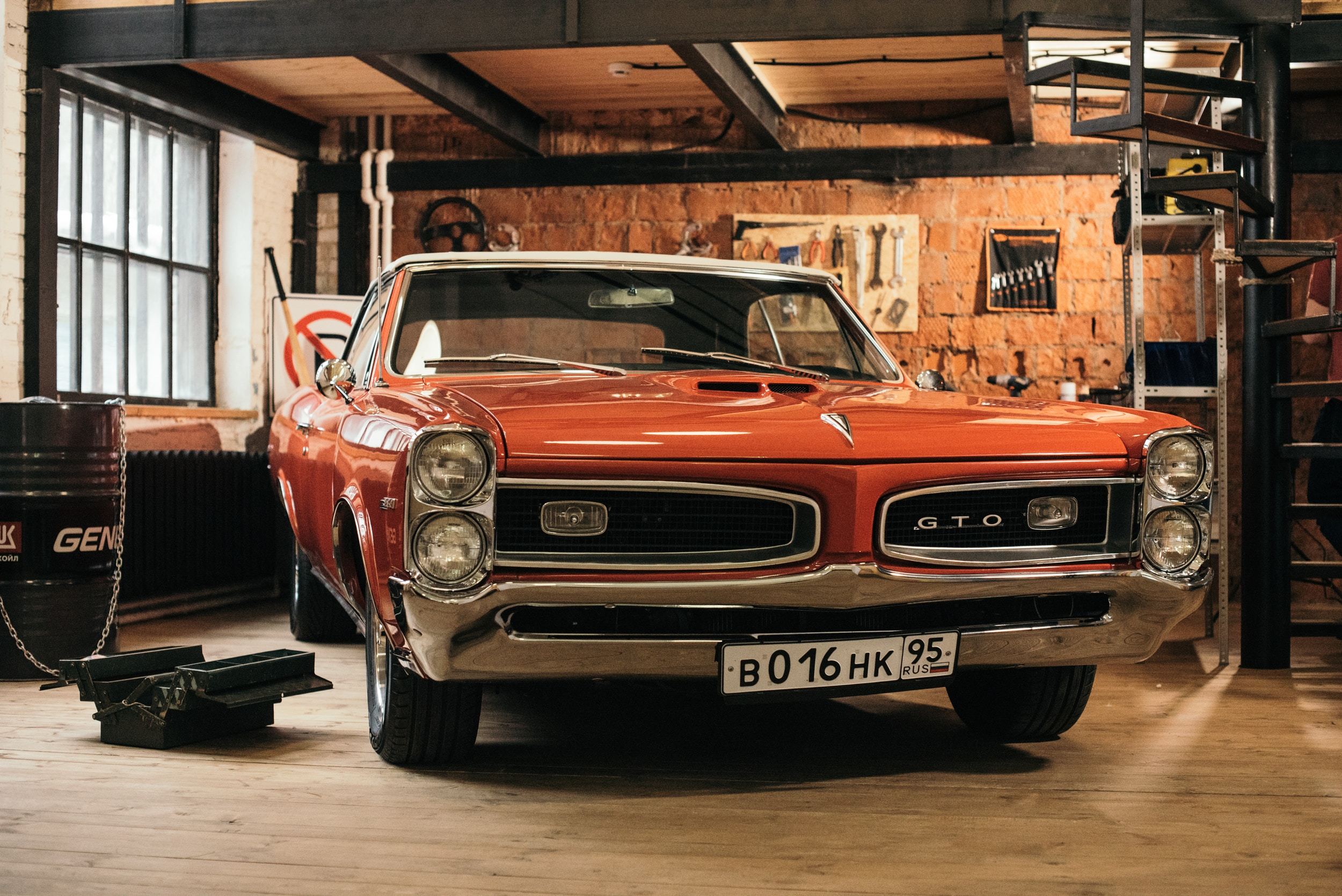
Photo Credit: Alina Rubo/Unsplash.
Classic muscle cars have become highly collectible over the years. Their rarity and historic appeal drive up their value.
Some examples include the 1969 Chevrolet Camaro ZL1, 1970 Plymouth Hemi Cuda, and 1967 Shelby GT500. These classics are prized for their powerful V8 engines, iconic designs, and historical significance.
Their rarity and condition significantly influence their market value, making them sought-after treasures for enthusiasts. Enthusiasts and collectors cherish these icons of the past.
The value of a muscle car hinges on several factors. Originality is crucial, with untouched models fetching higher prices. The car's history, condition, and model year also influence its market value.
As time goes on, the allure of classic muscle cars only grows. They not only represent a bygone era of automotive brilliance but also symbolize American culture. This makes them prized possessions among car collectors worldwide.
The Evolution of Muscle Cars Over the Decades
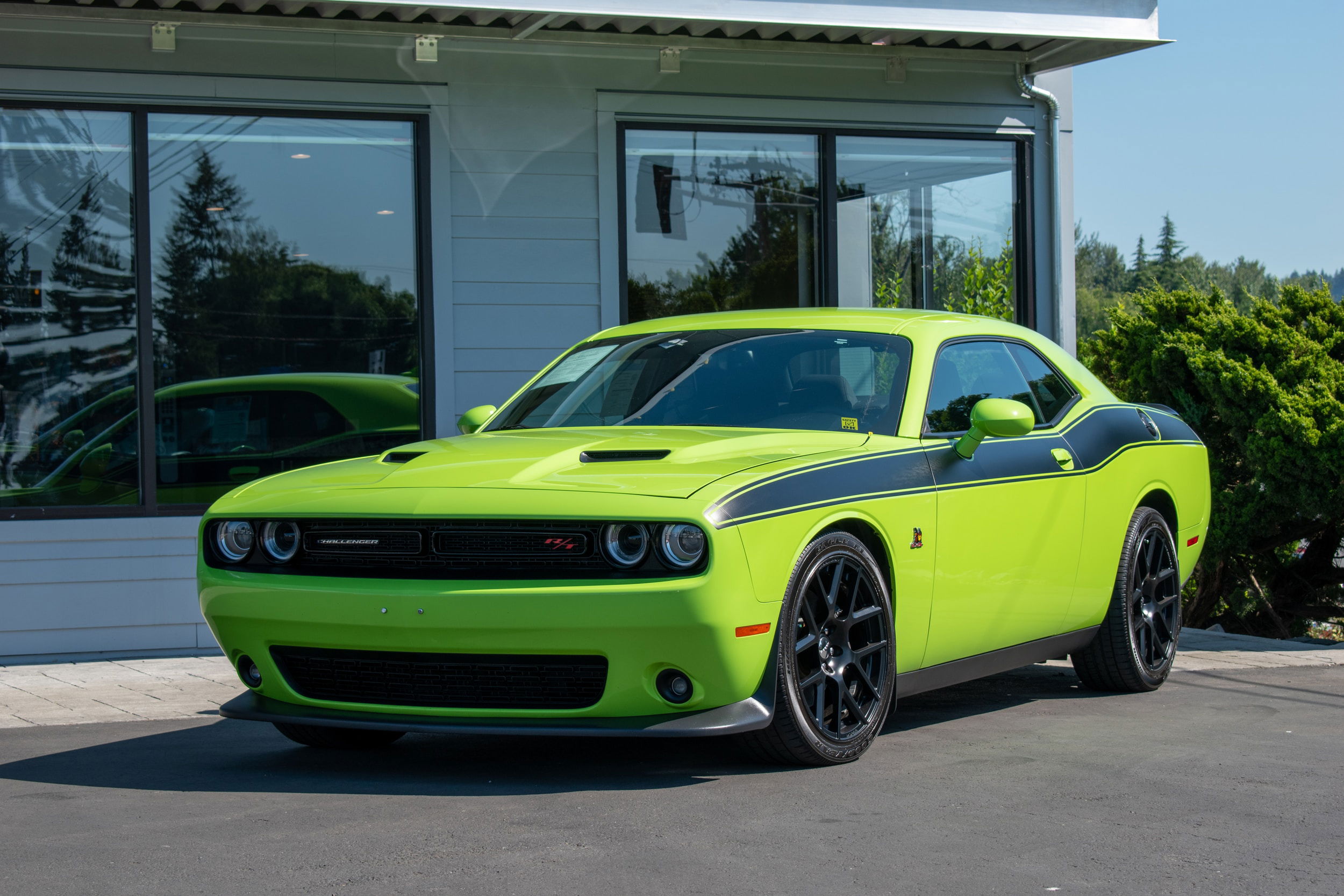
Photo Credit: Doug Watanabe/Unsplash.
Muscle cars have changed significantly since their inception. In the 1960s, power and style ruled. Manufacturers focused on high performance and impressive aesthetics.
The 1970s saw a shift due to the oil crisis. Rising fuel prices and regulations impacted production. Automakers responded with smaller engines and more efficient designs.
Today, muscle cars blend tradition with technology. Modern models boast advanced features and improved safety. They continue to captivate car enthusiasts across generations, proving their lasting appeal.
The Enduring Legacy of Muscle Cars
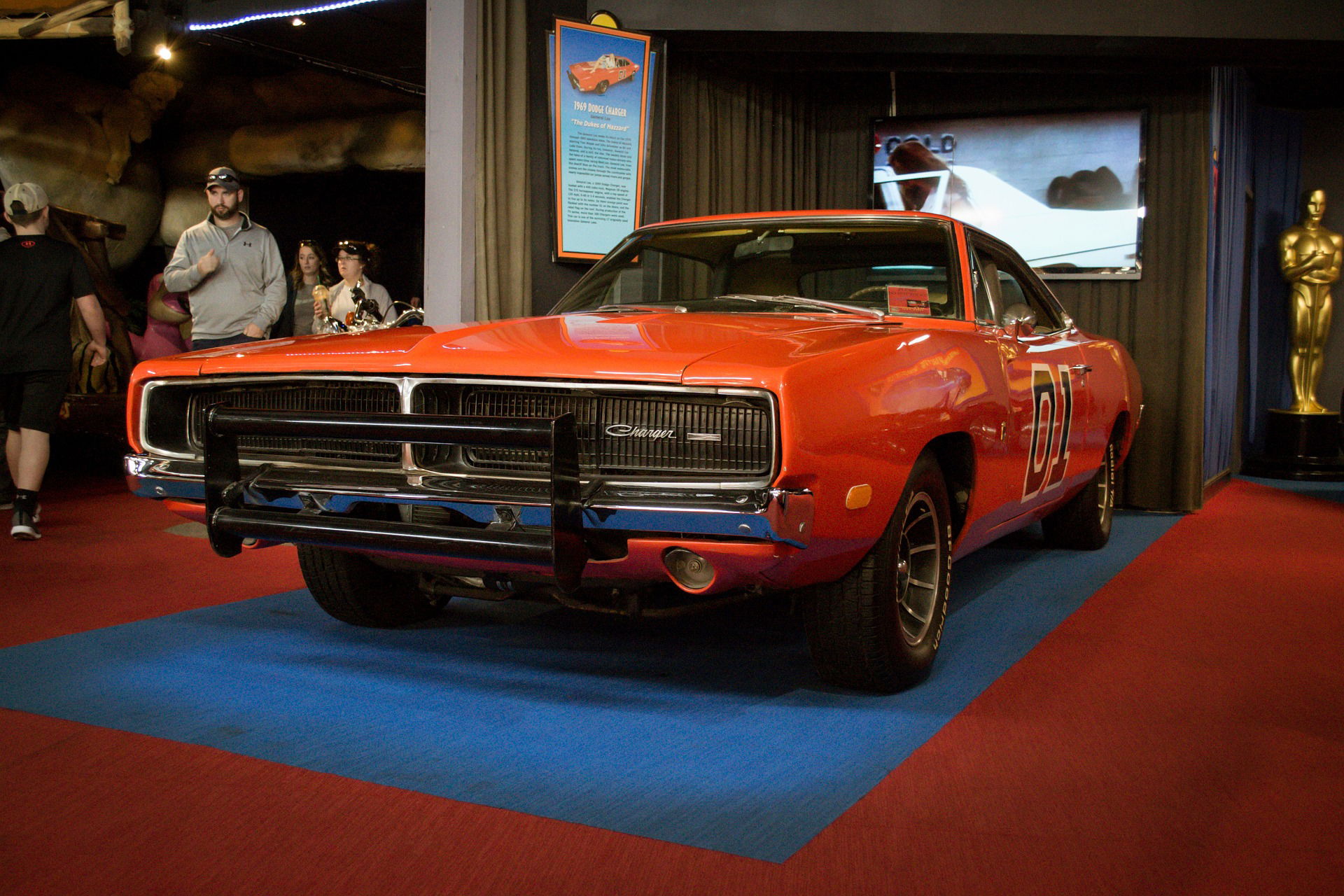
Photo Credit: Pixabay.
Muscle cars symbolize freedom and power. They capture the spirit of a unique era. Their cultural significance is undeniable and continues to influence automotive design today. Historic muscle cars are nothing less than icons of American history and innovation.
Despite evolving technology and changing trends, muscle cars maintain a devoted following because they remind us of a time when raw horsepower was king. This legacy endures and showcases the balance between nostalgia and modern advancement in the automotive world.